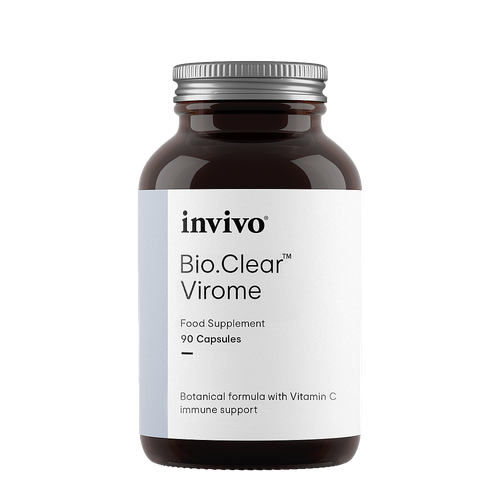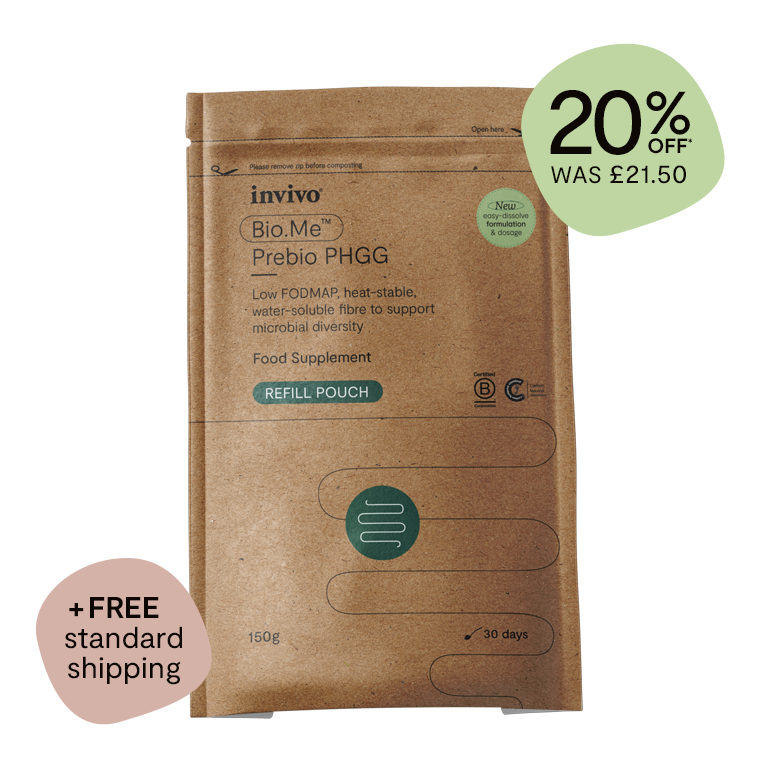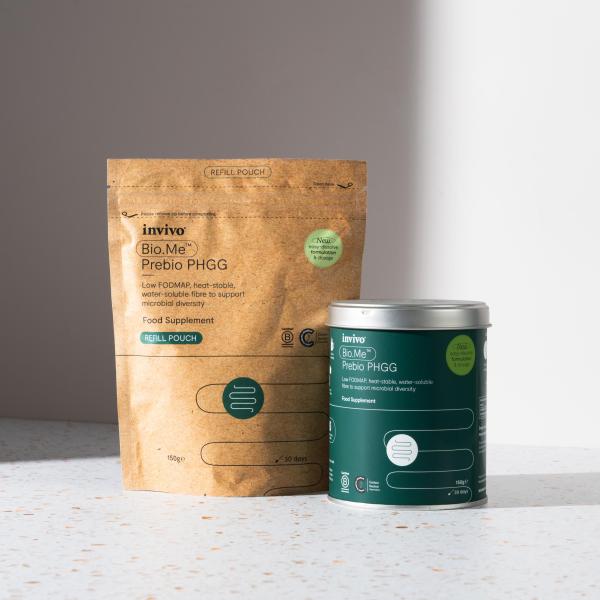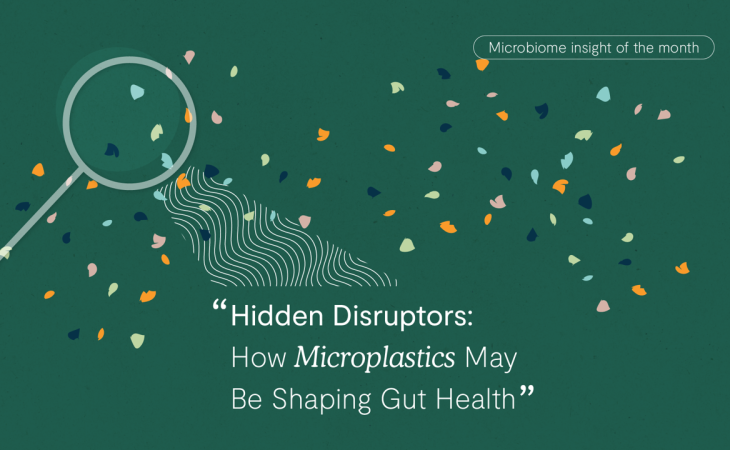Hidden Disruptors: How Microplastics May Be Shaping Gut Health
Plastic waste is a growing concern for all ecosystems on our planet, including the ecosystem living within our gut, the gut microbiome.
Microplastics, and their smaller breakdown products, nanoplastics, are unfortunately widespread in our environment, from water and soil to food and household dust, making human exposure unavoidable through inhalation, ingestion, and dermal contact. Described as ‘persistent pollutants’, micro- and nanoplastics can accumulate in organisms over time. As such, they have now been detected in various human tissues, including the lungs, placenta, faeces, and blood. High microplastic exposure has been associated with an increased risk of developing conditions such as inflammatory bowel disease (IBD), infertility, and neurodegenerative disorders.
This 2025 systematic review investigated the impact of microplastics on the human gut microbiome. It yielded 12 high quality studies, which were a combination of cross-sectional observational studies and in vitro simulated digestion models using human-derived samples.
Key Findings:
- Exposure to microplastics associated with gut dysbiosis, with a reduced abundance of beneficial genera, including Alistipes, Lactobacillus, and Blautia, and increased abundance of genera associated with inflammatory responses, including Streptococcus, Treponema, Escherichia–Shigella, and Bilophila.
- Impact on alpha-diversity with different types of microplastics. Alpha-diversity is a measure that accounts for the number of different species (richness) and their relative abundance (evenness) within a particular ecosystem. Microplastics from polyethylene terephthalate (PET) and polyvinyl chloride (PVC) have been shown to negatively affect alpha-diversity. Not all microplastics exert the same effect, with variability related to their specific properties such as type, size, and shape. This research has clear ramifications given the importance of a diverse gut microbiome for human health.
- Disruption in several functions of the gut microbiome, including impaired production of short chain fatty acids (SCFAs), notably butyrate, which are otherwise important for the integrity and inflammatory status of the gut wall. The specific impact depends on the type of microplastic. Exposure to polyethylene (PE) increases acetate but decreases propionate and butyrate, while PET exposure reduces acetate and butyrate. Microplastics may also disrupt microbial carbohydrate, lipid, amino acid, and bile acid metabolism.
- This review has brought to light how microplastic exposure can alter the composition and function of the human gut microbiome. While we await further studies to help us better understand the long-term health impact, this study provides a stark reminder of the importance of taking proactive steps to reduce our modifiable plastic exposure.




